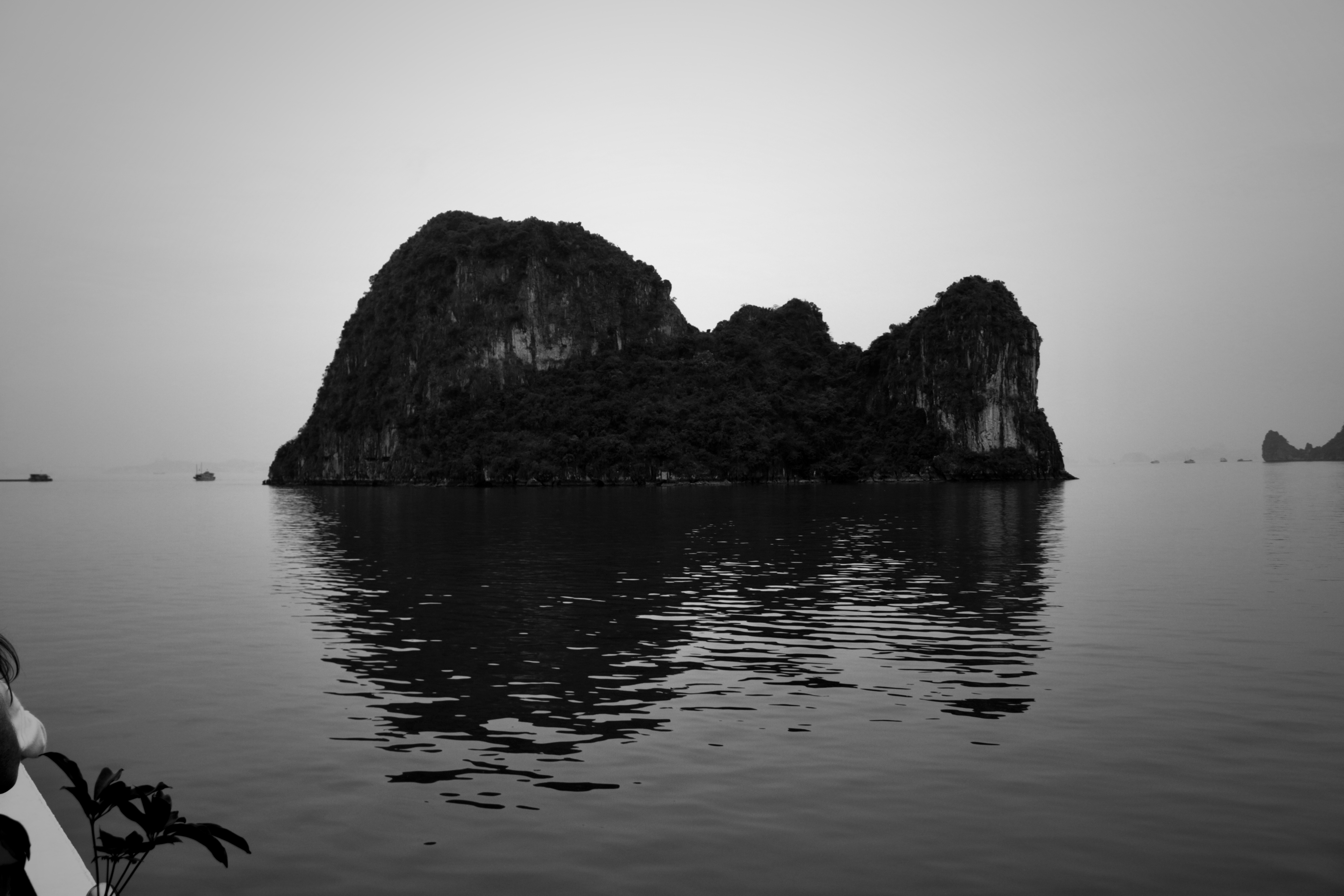After our last class meeting, we knew it was important to validate our problems with research. We were not married to any of our problems, and we wanted to make sure that the issues we picked were salient and solvable. As such, we talked about a few other avenues we were interested in, because our existing two (1. electricity limiting activity 2. lack of recreational outlets) seemed to be rather broad in scope, without a clear focus in mind.
As such, we brought a few more concrete solutions on the radar. One of the chief complaints in Kara Tepe and Moria was that the 90 Euro monthly stipend was not sustainable, and effectively spent this money within 10-15 days, leaving at least half of the month without a sustainable source of income. This is problematic because moments of desperation can lead to lack of stability in the camps – something that could contribute to violence, mental illness, and malnutrition. Though the UNHCR claims to be an agent for cash based interventions (CBI), and has stated that their cash aid exceeds in-kind donations across the globe, it is evident that refugees are still struggling to make ends meet. The other aspect of this financial concern is that the majority of refugees are unbanked and have no connection to formal financial institutions. Aside from having access to checking and savings accounts, being unbanked is problematic because it implies a lack of legitimacy. From a sustainable development point of view, it becomes difficult to refugees to integrate into host country communities if they are not financially trusted. Unbanked folks also have to combat xenophobic attitudes during their asylum seeking process, making their journey even more onerous. For legitimacy, stability, and self-sufficiency, having access to financial services is incredibly important.
The other issues that we were passionate about were equally nuanced. One other aspect of sustainable development is encouraging refugee employment, which is minimal to none in the camps. Seeing as though we are being tasked with innovation, we are also interested in how to provide platforms to refugees to innovate on their own. This process is known as bottom-up innovation; rather than building refugees products, this philosophy is more user-centered and allows the refugees to build for themselves. Granted, bottom-up innovation is idealistic in nature. That being said, if vocational training could be provided as a component of bottom-up innovation, refugees could build portfolios during their asylum seeking process. That way, when they do acquire asylum, they have a whole host of skills to present to employers.
Overall, this past week was energizing from a team standpoint because we started firing on all cylinders. I think we are beginning to discover our strengths. We still need a name though.
